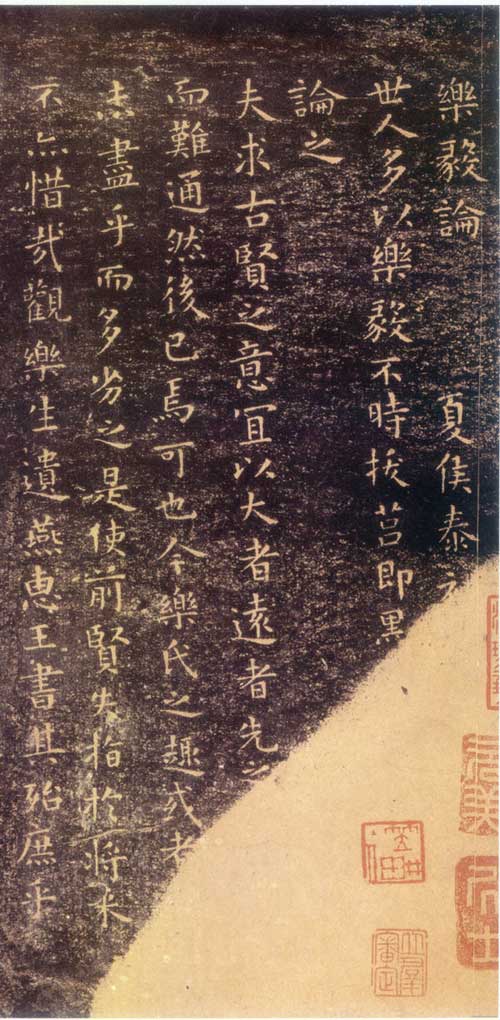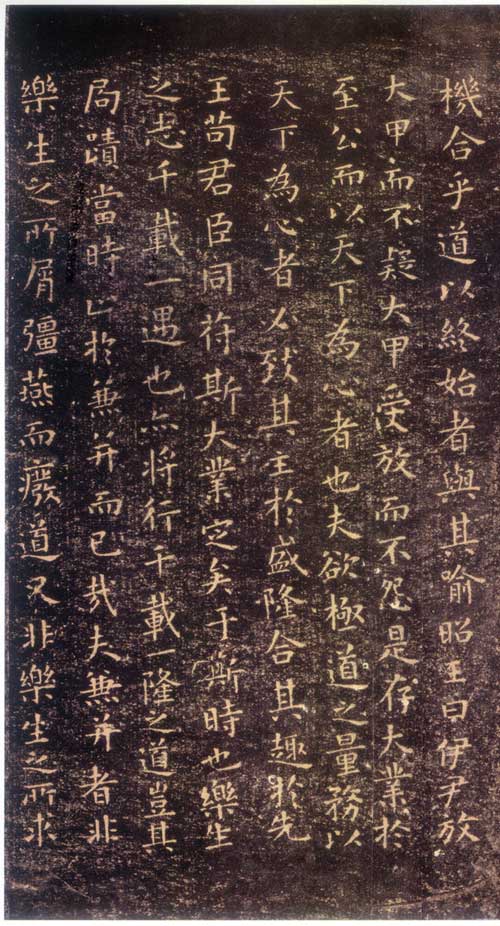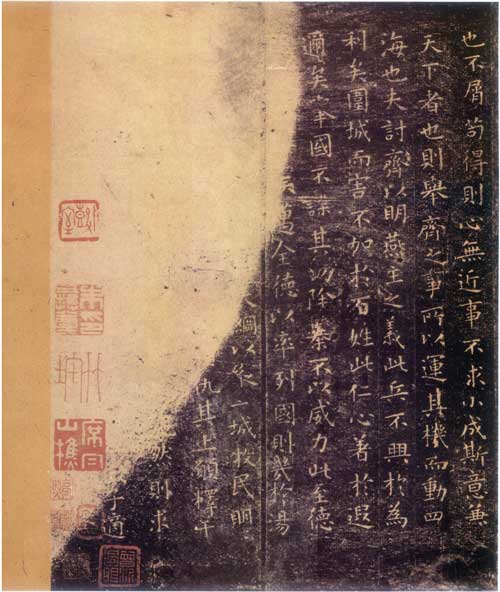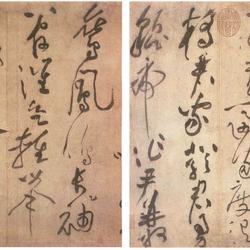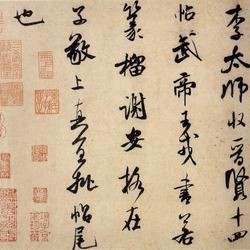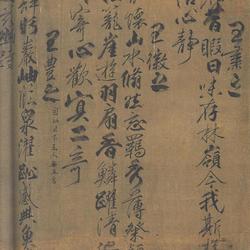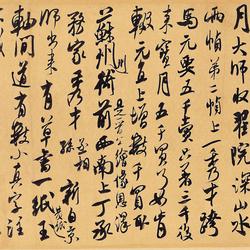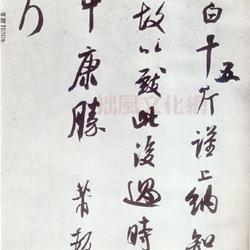"Le Yi Lun" is in small regular script. Liang Mo's original version has the inscription "Letter to the official slaves on December 4, Gansu, the fourth year of Yonghe (348)". It is said that the original stone was buried in the Zhaoling Mausoleum with Emperor Taizong of the Tang Dynasty, or that the book "Le Yi Lun" was scattered in Princess Taiping's house when Wu Zetian was in power. It was later stolen and burned in the stove for fear of being hunted. Wang Xizhi said to Wang Xianzhi in "The Theory of Brushwork": "The present book "Le Yi Lun" and "The Theory of Brushwork" are for your benefit, do not spread them outside, keep them secret, and do not show them to friends." He said. Using his carefully created "Le Yi Lun" as a model and "Brushwork Theory" as a theory, Wang Xianzhi's understanding was inspired from both virtual and practical aspects, and he was guided to the right track of calligraphy. From the existing notebooks, we can also see that the strokes are flexible, with horizontal and vertical strokes changing, and shifting priorities; the structure is large or small, upright or sideways, contracted or contracted; the distribution is vertical and horizontal. , run rampant without restraint. On the whole, the charm and vitality can be seen in the silence.
